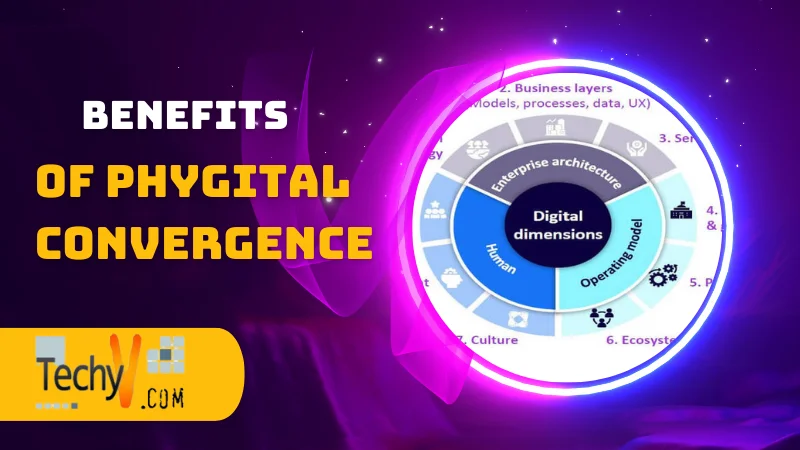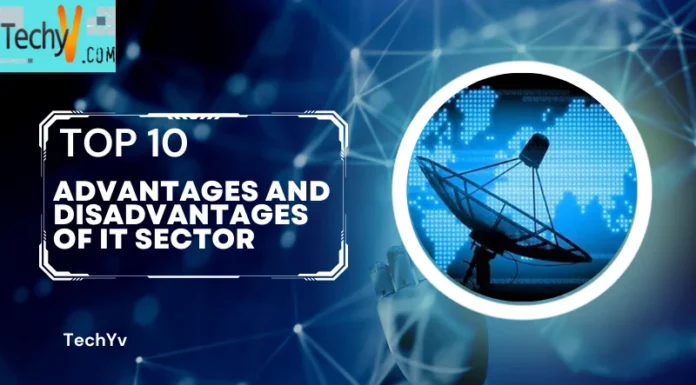What Is Phygital Convergence?
Phygital convergence is a comparatively new term, that merges “physical” and “digital”. It summarizes the developing overlap and accumulation of digital innovations in our physical environments and experiences. This combination is determined by a crowd of technologies, involving augmented reality (AR), virtual reality (VR), the Internet of Things (IoT), artificial intelligence (AI), and more.
The digital and physical worlds are merging in today’s rapidly evolving innovation environment, giving rise to a new idea called as Phygital Convergence. Its convincing mix of the actual and the virtual is more than a word; it’s a pattern of relocation that’s reshaping enterprises, reconsidering user experiences, and reviewing how we cooperate with our environments.
What Is The Significance Of Phygital Convergence?
Phygital Convergence indicates a shift in our connection with innovation, spanning the formerly distinct divide between the physical and digital worlds. It essentially lies in the capability to generate a cooperative fusion of physical and digital elements, elevating our experiences and interactions. As our lives become maximally closely tied with innovation, Phygital Convergence becomes a key allow of a more enveloping and interconnected world.
What Are The Characteristics Of Phygital Convergence?
- Seamless Integration: Phygital Convergence’s goal is to generate a seamless and unified experience where the compass among the physical and digital worlds is fainted. It looks to authority the strengths of both areas to offer a symmetric and improved consumer experience.
- Improved Interactivity: The combination of ecological and digital elements typically leads to higher engagement. It could manifest in collaborative displays, augmented reality (AR), virtual reality (VR), or other innovations that bridge the slot between physical and digital interactions.
- Data Integrations: Phygital experiences frequently include the gathering and integration of data from both physical and digital sources. This information can be used to get insights into consumer nature, preferences, and behaviours, allowing firms to furnish their offerings more efficiently.
- Omnichannel Experiences: Phygital Convergence is precisely relevant to the theory of omnichannel experiences, where companies goal is to offer a continuously and seamless experiences across multiple channels, be it in-store, online, or through other touchpoints.
- Retail and Marketing: In retail, the term is frequently associated with the transferring of brick-and-mortar preserves to integrate digital elements such as interactive displays, Intelligence shelves, and online merging. In marketing, it may refer to campaigns that seamlessly merge physical and virtual elements for a more appealing user experience.
What Are Examples Of Phygital Convergence?
Smart Retail Stores: Retail issues deploying Phygital Convergence may characteristics of interactive kiosks, smart mirrors, or digital displays that improve the shopping experience by offering extra product information, advice, or virtual try-ons.
Augmented Reality in Marketing: Marketing campaigns may employ augmented reality to bridge the slot between physical ads or products and digital content. For example, scanning a physical product with a mobile tool could trigger collaborative digital content.
The installation of such tools provides various benefits for a retailer:
- It enables to creation of extra traffic on its point of sale.
- Create extra sales.
- Enhance profitability per m2, to optimize and customize its user relationship.
- Extend you provide a differentiating experience to users to maximize inventory turnover.
1. Enhanced Consumer Experience
Phygital convergence enhances the consumer experience by combining the visible and intangible, resulting in a mesmeric, interactive, and personal engagement with products, services, and information.

2. Improved User Engagement
Physical stores generate opportunities for companies to merge with users on a private level. In-store experiences enable users to engage with products and receive customized access from gain staff, and facilities from instant contentment. The ability to examine, touch, and feel things can instil confidence and trust in users, resulting in higher conversion costs and increased customer loyalty.

3. Tangible Label Experience
Brick-and-mortar provides a tangible indication of brand recognition. Companies may create a unique ambience that places users in their label story by using intelligent department design, digital distribution, and sensory aspects. This immersive event allows users to devise emotional connections with the brand, forwarding brand loyalty and support. It’s worth noting that a brick-and-mortar department on a main shopping street gives a label essential legality that can spill over into e-commerce sales.
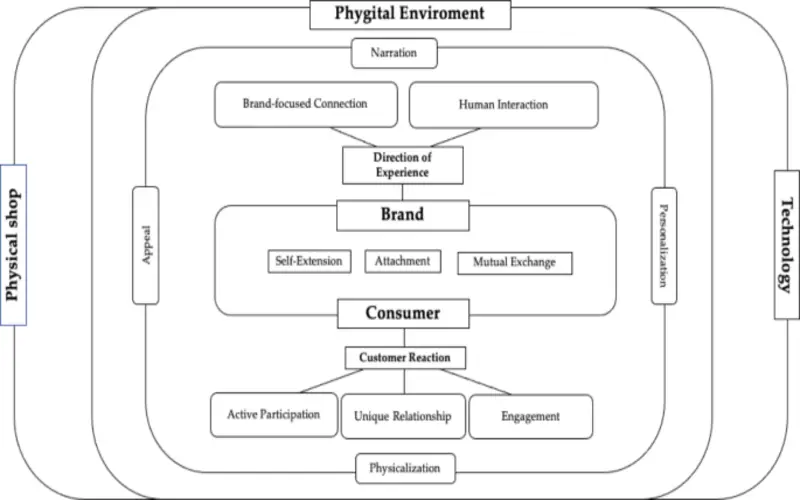
4. Advertising Product Quality
Some particular products are best showcased and validated in person. It is especially accurate for expensive items, like handbags, watches, and designer clothing. Although some dealers are investing in augmented reality, physical departments remain a great environment for users to see the quality, craftsmanship, and functioning of products firsthand. These capabilities to showcase the estimate and intricacies of products can guide buying decisions.

5. Operational Effectively
Businesses may approve data evaluations from digital areas to streamline operations in the physical space, resulting in increased efficiency and effectiveness in company processes and decision-making.
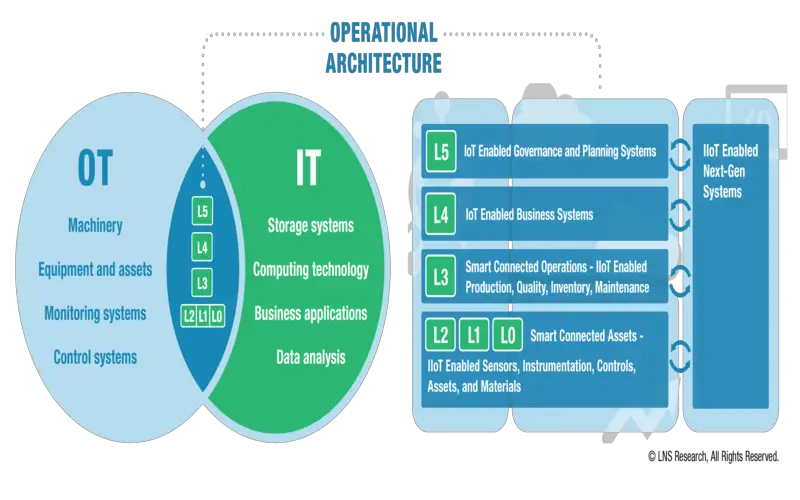
6. Technologies And Latest Opportunities
The Phygital landscape is a fragile ground for technology, birthing unparalleled products, services, and company models while opening doors to mint market chances and niches.

7. Sustainability
Intelligent systems and IoT tools within a Phygital climate can allow more sustainable exercise through intelligent resource management and energy-effective solutions, encouraging a greener future.
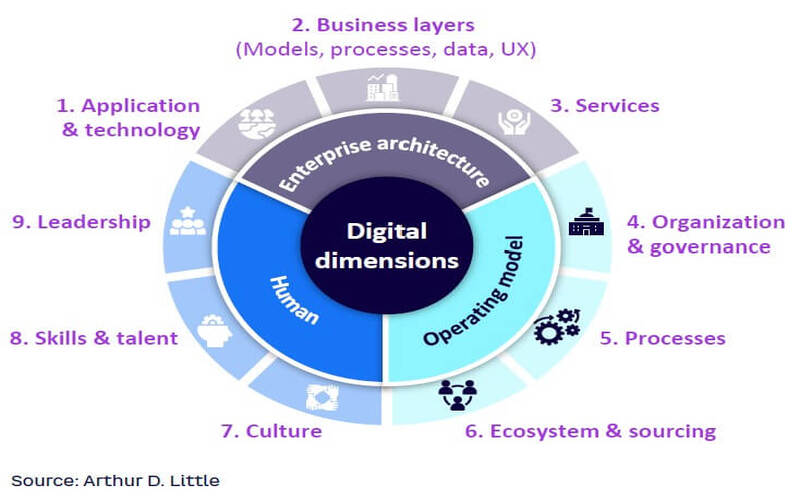
8. Authenticity Guarantees
Inventing is an essential difficulty for many labels. By incorporating Phygital innovation, labels can provide the user’s actual time factuality guarantees. Users can simply confirm the authenticity of a product with an easy tap.

9. Seamless Omni-channel Integration
Phygital experiences are at their best when they assimilate omni-channel dealers, providing a uniform service across fields. Users can switch from online browsing on their mobile tools to in-store buying without missing a beat.
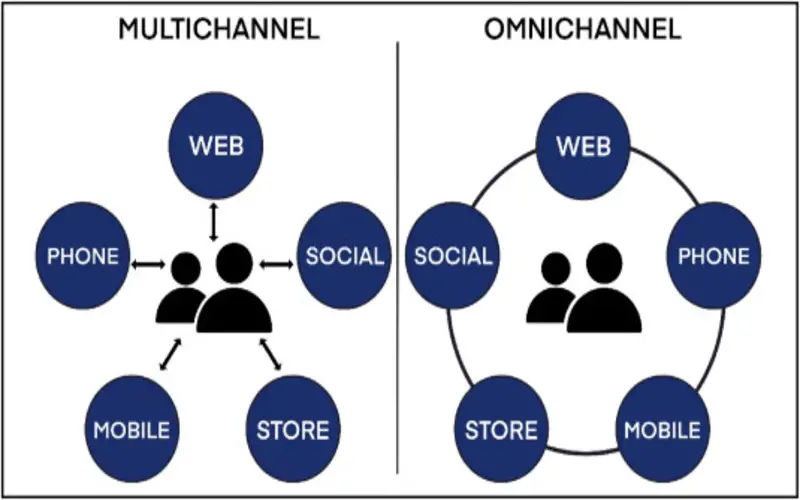
10. Convenience And Availability
Enabling consumers to start and even complete the whole buying procedure using digital innovations can be a very accessible solution, especially for people who have availability difficulties. It’s not difficult to picture a tool that scans a person in a wheelchair and chooses just the right size of the item that a given user is interested in—all without the requirement to get out of a wheelchair and in a situation of minutes.




